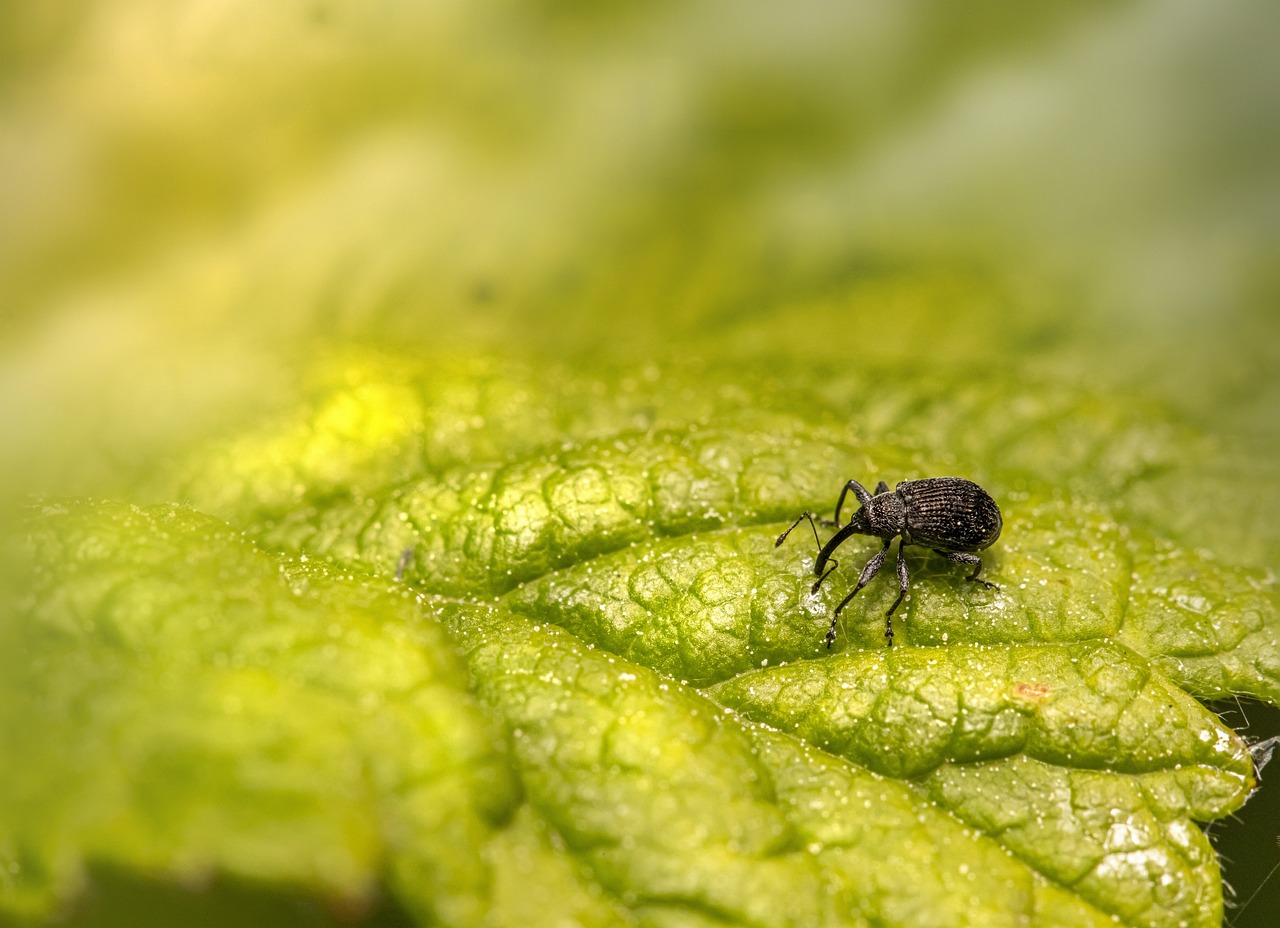The Strawberry Blossom Weevil (Anthonomus rubi) is a small beetle that is a significant pest, particularly for strawberry and raspberry crops in Europe and parts of Asia. Here’s a brief overview of this species:
Key Characteristics:
- Appearance:
- Size: The adult weevil is about 2-3 mm in length.
- Color: It is dark brown to black, with a hard shell, and may have a slight sheen.
- Distinctive Feature: It has a long, curved snout (or rostrum), which it uses to bore into flower buds.
- Life Cycle:
- The adult weevils emerge in early spring, just as strawberries and raspberries are starting to form flower buds.
- Egg Laying: Female weevils use their snouts to bore holes in flower buds and lay a single egg inside each bud. Afterward, they sever the bud stalk, causing it to droop or fall off.
- Larval Stage: The egg hatches into a larva that develops inside the bud, feeding on it. The larvae pupate inside the flower bud, and the new adults emerge after a few weeks to continue the cycle.
- Damage to Crops:
- The strawberry blossom weevil is a major pest for strawberries, raspberries, and other similar crops, as its feeding and egg-laying activities destroy flower buds, leading to significant crop losses.
- Severed flower buds never produce fruit, which impacts the overall yield of strawberry and raspberry plants.
- Behavior:
- The adults are active from spring to late summer. They often overwinter in plant debris or leaf litter before re-emerging the following year.
- They are most destructive during the flowering phase of the host plants.
- Control Methods:
- Monitoring the timing of the beetles’ activity can help farmers apply control measures, such as pesticides or biological control agents, at the right time.
- Some natural predators, such as parasitic wasps, may also help reduce weevil populations.
Conclusion:
The Strawberry Blossom Weevil (Anthonomus rubi) is a small, destructive pest that targets the flower buds of strawberry, raspberry, and related plants. Its habit of laying eggs inside buds and then severing them causes significant damage, making it a concern for farmers growing these crops. Effective monitoring and management strategies are crucial to limit its impact on fruit yields.
Visited 97 times, 18 visit(s) today
Views: 156
Subscribe to the newsletter:
